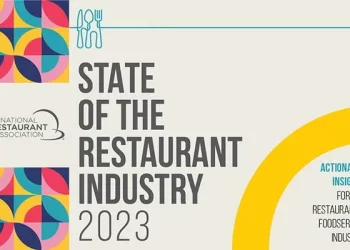
- The emergence of meals supply platforms has shifted the aggressive panorama within the meals service sector, enabling small operators to compete with giant manufacturers.
- Regardless of challenges reminiscent of larger costs and growing platform charges, each giant and small operators are benefiting from the recognition of meals supply platforms.
The restaurant business is experiencing a major shift in aggressive dynamics, significantly within the Asia-Pacific (APAC) area. GlobalData, a number one knowledge and analytics firm, reveals that meals supply platforms are enabling smaller foodservice operators to compete with giant manufacturers.
Traditionally, bigger meals service chains have a bonus over smaller operators by way of model visibility and supply capabilities. Nevertheless, the appearance of meals supply platforms like FoodPanda, Seize, Swiggy, and Zomato has revolutionized the business, growing visibility for smaller operators and offering a extra degree enjoying area.
The COVID-19 pandemic additional amplified this pattern, with supply platforms permitting smaller operators to entry a bigger shopper base with out substantial funding in logistics infrastructure. The recognition of those platforms aligns with outcomes from a GlobalData shopper survey, the place 40% of respondents acknowledged that they had been ordering from meals supply apps, a determine that will increase to 48% among the many 25-34-year-old age group.
Along with enhancing visibility, these platforms encourage smaller eating places to undertake new applied sciences to enhance their service choices, digital ordering processes, and buyer engagement methods. These adjustments have led to price financial savings and improved service effectivity by leveraging the experience of established supply platforms.
In the meantime, giant multinational chains are additionally reaping the advantages of those supply platforms, with many gaining orders whereas sustaining their very own apps, loyalty applications, and supply options. Regardless of challenges reminiscent of larger costs and growing platform charges, it seems to be a win-win scenario for all of the stakeholders within the restaurant business.







